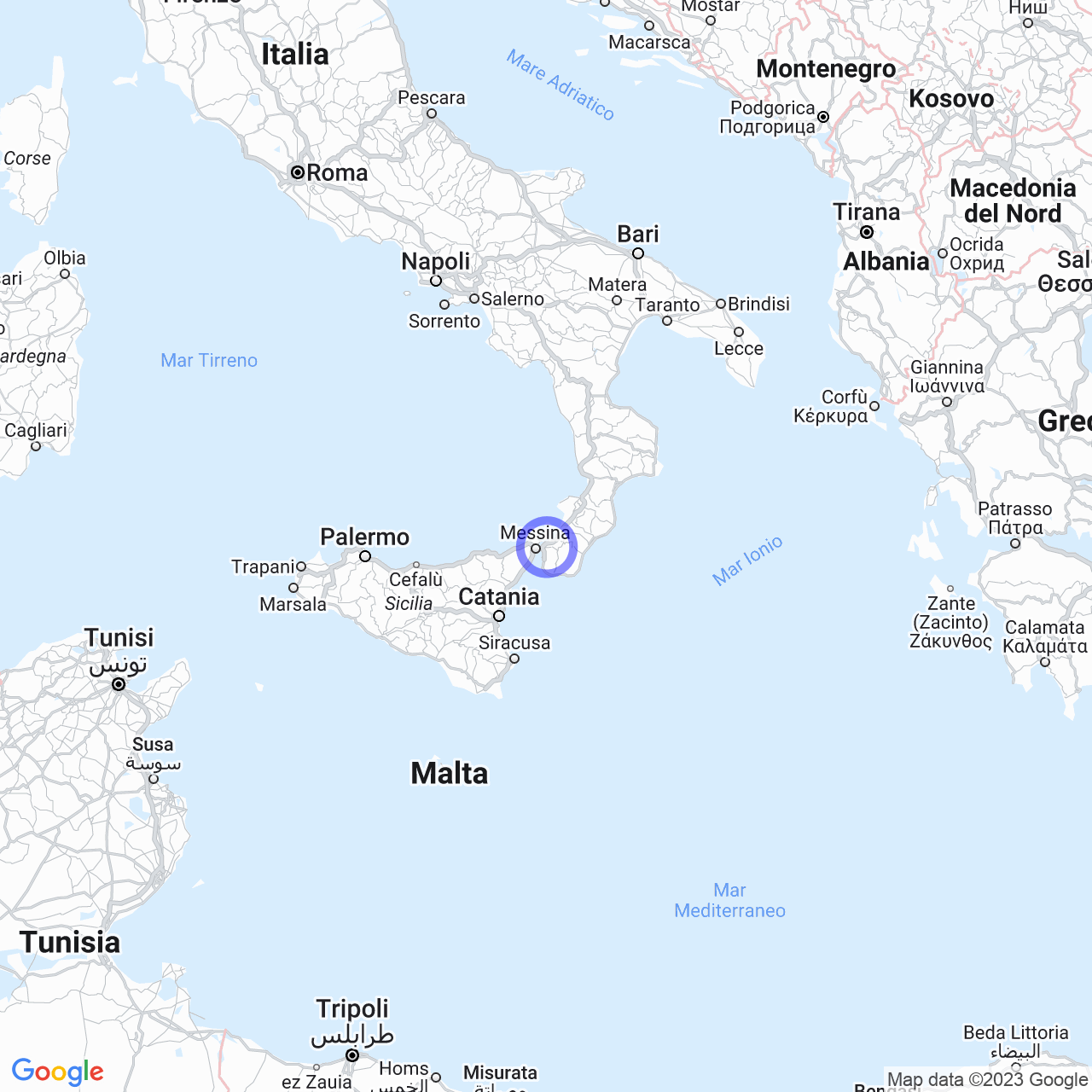Fiumara
Discover Fiumara, the Calabrian municipality between mountains and sea
Welcome to Fiumara, a municipality of 847 inhabitants located in the province of Reggio Calabria. The town is surrounded by mountains from Aspromonte and overlooks the Tyrrhenian Sea and the Strait of Messina. In this article, we will discover the geography, history, and attractions of Fiumara.

Physical geography
Terrain
The territory of Fiumara is divided into various geographic fractions, but the heart of the town is San Nicola, the town hall. The historical core of Fiumara is located in the hills, in a semi-rocky area called Rione Terra. Here stand the ancient church of the Immacolata, Palazzo dei Catalani, and the ruins of the Castle of the Ruffo di Calabria. The Rione Terra is being redeveloped and represents an important testimony to the history of the town.
Another important area of Fiumara is the district of San Rocco, where the homonymous church is located, now serving as a parish. Near the district is the Convent of the Capuchins, now unused. The fraction of Croce, located next to the district of San Rocco, constitutes an important road junction for the road that leads to the cemetery of Fiumara.
Also, from San Rocco, you can reach the provincial road that connects Campo Calabro and Melia, passing through the districts of Baglio, Adorno, Matiniti, and Acquamurata.
Before arriving in the historic center of Fiumara on provincial road 6, there is the hamlet of San Pietro, the birthplace of the famous singer-songwriter Mino Reitano. Today there is even a square dedicated to the singer near his birthplace.
Origins of the name
The city of Fiumara has had several names throughout history. Initially, it was called Cenisio in memory of the ancient city of Cene. Subsequently, between the thirteenth and fifteenth centuries, the town was known as Fiumara dei Mori or Fiumara delle Mura due to the frequent raids of Saracen pirates. Finally, the name was changed to Fiumara di Muro.
History
Fiumara was founded between the ninth and tenth centuries by refugees from Cene, who had fled due to the continuous raids of Saracen pirates. In the Middle Ages, Fiumara was the center of feudal administration in the area, which extended from the coast of Cannitello to San Roberto and the Piani d'Aspromonte. The city was also the administrative center of the area in ecclesiastical fields, with jurisdiction over all surrounding parishes and churches.
The municipality had great commercial and agricultural development, becoming one of the largest and most important centers in the province of Reggio Calabria. In the thirteenth century, the feudal lords were the Ruffo di Calabria family.
Attractions and events
Fiumara is a municipality rich in attractions for tourists. The Palazzo dei Catalani, located in the Rione Terra, hosts various exhibitions and cultural events throughout the year. The church of the Immacolata, instead, is open all year for tourist visits. The historical center of Fiumara is also an ideal place for walking through the streets and admiring the ancient palaces.
For nature lovers, there are numerous hiking trails in the surrounding area, which allow you to enjoy breathtaking panoramic views. The top of Mount Montalto is one of the most appreciated places for hiking.
In addition, during the year, Fiumara hosts several festivals and cultural events. The Feast of the Madonna dell'Immacolata, celebrated on December 18, is one of the most important religious events. During the celebration, the statue of the Madonna is carried in procession through the streets of the town.
Fiumara is also famous for its carnival, with masked parties and parades held during the period from Fat Thursday to Palm Sunday.
In conclusion, Fiumara is a charming municipality that encapsulates the history and beauty of Calabria. From historical places to panoramic hikes, from religious festivals to carnival celebrations, there is always something to see and discover in this small town between mountains and sea.
